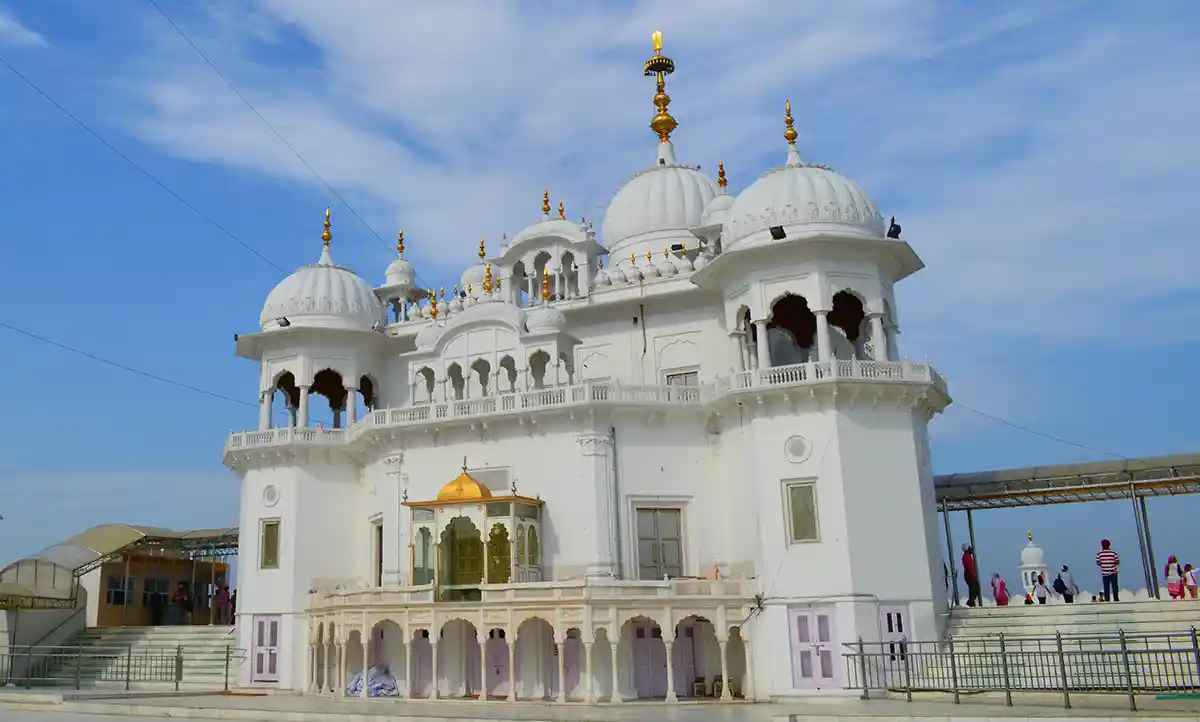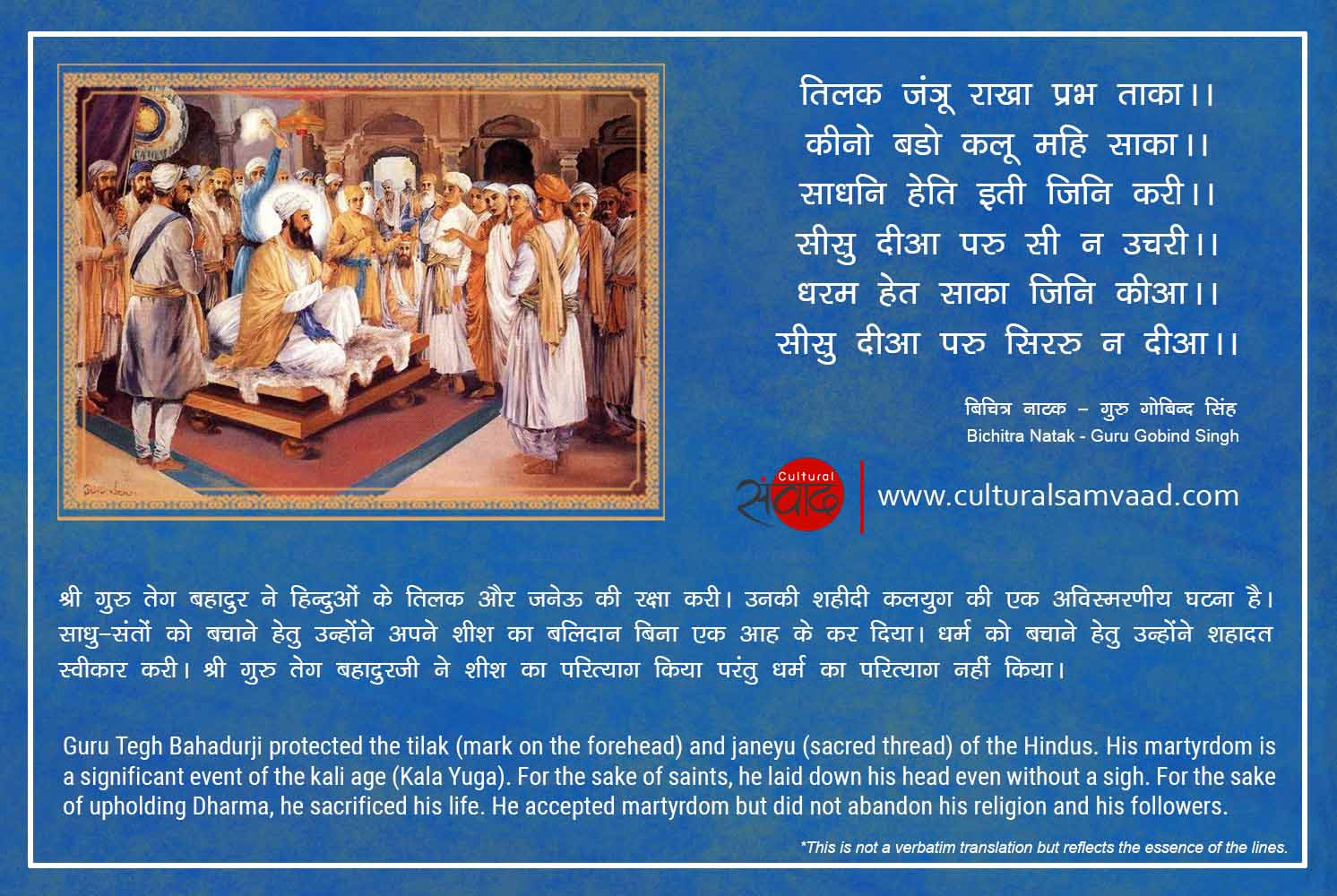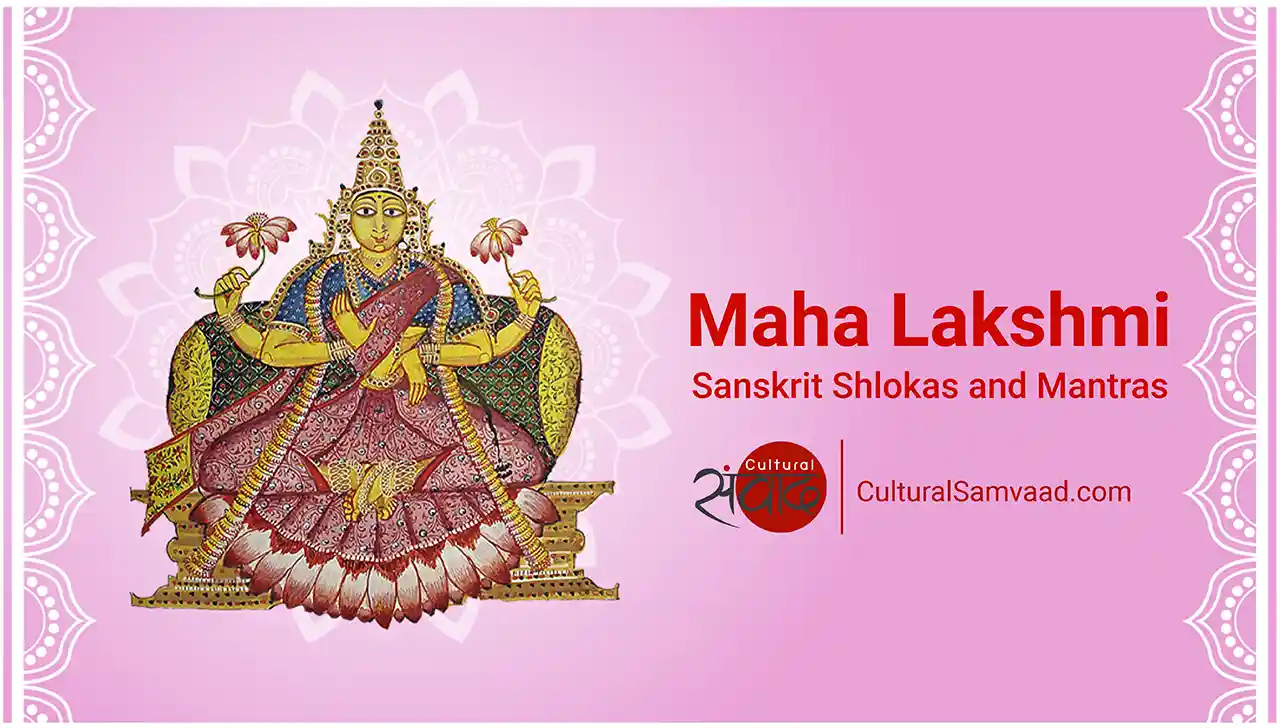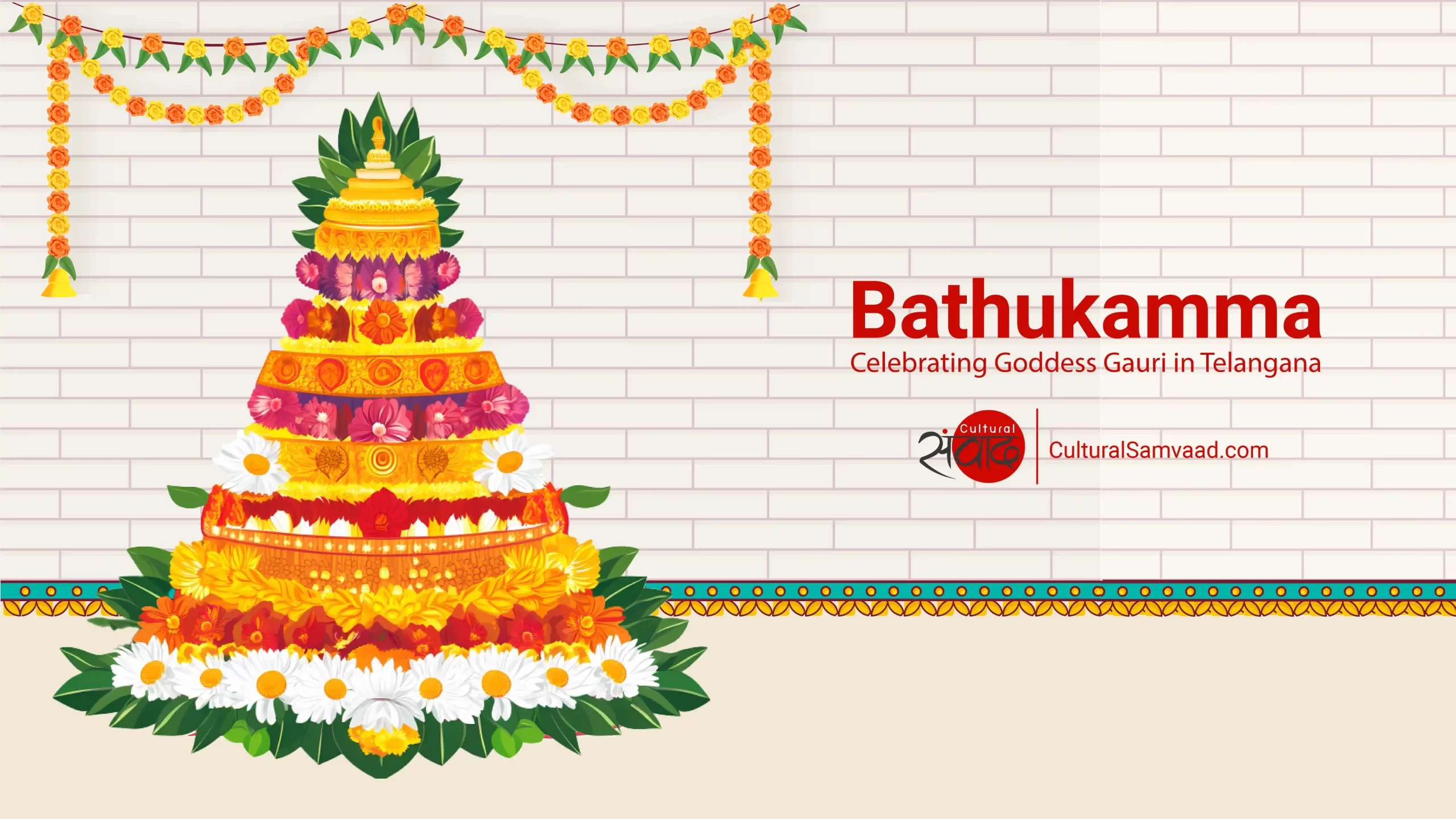Join Cultural Samvaad’s WhatsApp Community
The long march of India’s journey is dotted with innumerable stories of the sacrifices of her sons and daughters to uphold her civilisational values. The shaheedi of Guru Tegh Bahadurji, the 9th Guru of the Sikhs, in November 1675 CE is one of the defining moments of Indian history and is commemorated every year as Shahidi Divas on the 24th of November.
Born in 1621 CE to Guru Hargobindji, the 6th Guru of the Sikhs and Mata Nanaki in the holy city of Amritsar, he was anointed the ninth Guru of the Sikhs in 1664 CE after the untimely passing away of the young Guru Hari Kishenji. He founded the city of Anandpur (the haven of bliss) and is honoured with the epithet ‘Hind-Ki-Chadar’. Guru Tegh Bahadurji was called Tyag Mal in his early years.
As per accounts, the Mughal Emperor Aurangzeb wanted to convert his dominion into ‘Dar-al-Islam’ – the land of faith. Sir Jadu Nath Sarkar is his work, History of Aurangzeb, reports that the state retorted to repressive measures against non-Muslims. “Aurangzeb ordered the temples and the Sikhs to be destroyed and the Guru’s agents [masands] for collecting the tithes and presents of the faithful, to be expelled from the cities.”
In this backdrop, a delegation of Kashmiri pandits led by Pandit Kirpa Ram approached Guru Tegh Bahadur at his durbar in Anandpur. The Guru who was an astute upholder of Dharma was deeply moved when he heard their harrowing tales of torture and suffering. Aurangzeb had desecrated their temples and sacred texts and the only choice that they had was to accept death or conversion.

The valiant Guru promised to help an protect them and he told Pandit Kirpa Ram and his associates to go and tell the Mughals that if he, the Guru, accepted conversion, they would follow in his footsteps. His 9-year-old-son supported his decision to protect the pandits.
Guru Saheb ji was summoned to the Mughal court. As per accounts, he, Diwan Mati Das, Bhai Dayal Das, Bhai Sati Das, and Bhai Gurditta first went to Agra from where they were escorted to Delhi. They were kept under house arrest upon their arrival.
Guru Tegh Bahadur refused to renounce his faith and is said to have made a fervent and passionate plea to Aurangzeb to give up his policy. He and his comrades were sentenced to death. Diwan Mati Das was sawed alive, Bhai Sati Das was burnt alive and Bhai Dayal Das was boiled to death in hot water.
The brave Guru was cruelly beheaded at the site where Gurudwara Sis Ganj Sahibji stands today in Delhi. His body was cremated at the site of Gurudwara Rakab Ganj Sahibji by Lakhi Shah and his sons, while his head was carried to Anandpur by Bhai Jatia where it was cremated by his 9-year-old son who became Guru Gobind Singhji, the 10th Guru of the Sikhs.
Learn More: The 10 Sikh Gurus
‘Sheesh diya par sirar na diya.’ The cruel and unjustified action of Aurangzeb led to the gradual transformation of the pacifist Sikh movement into the militant Khalsa. Guru Tegh Bahadurji’s martyrdom and his supreme sacrifice continue to inspire generations to carry forward the unending war for righteousness.
Guru Gobind Singhji remembers his father’s shaheedi in ‘Bachittar Natak’ in the following words.
When I was mature enough,
To shoulder duties and responsibilities,
My father left for the Heavenly Home;
He sacrificed his life
For protecting the rights of the Hindus,
To wear their sacred thread and frontal marks;
In this Kali age of ignorance,
Guru Tegh Bahadur performed a supremely heroic act;
He gave up his head without uttering a word of sorrow,
For the sake of righteousness (dharma) ;
He did this great heroic deed
He readily gave up his head
But did not give up his conviction
(In the freedom of worship for all)
He refused to perform miracles,
A cheap way of fooling people;
True prophets of God are ashamed
Of displaying their occult powers.

Life and Teachings of Guru Gobind Singh
Notes:
- गुरु तेग बहादुर is written both as Guru Tegh Bahadur and Guru Teg Bahadur.
- Shahidi and Shaheedi are alternate spellings for शहीदी.
- 1621 CE is generally accepted as the year is which Guru Tegh Bahadurji was born though some accounts seem to suggest 1612 CE.
- Alternate accounts of Guru Tegh Bahadurji’s martyrdom are also given (refer to History of the Sikhs by Cunningham) which do not refer to the Kashmiri pandits. It is also reported that Aurangzeb was not in Delhi at the time of the Guru’s execution but it undoubtedly had his tacit approval.
- The famous historian Satish Chandra has provided a bird’s eye view of some of the alternate narratives of the reasons that led to the Guru’s martyrdom in his book – ‘Medieval India’.
- There are historians who have expressed concerns on the authorship of Bachittar Natak which has been quoted above.
References:
Singh, Trilochan (1967). Guru Tegh Bahadur, Prophet and Martyr: A Biography. Gurdwara Parbandhak Committee.
Singh, Khushwant (1977). A History of the Sikhs, Volume 1: 1469–1839. Oxford India Collection.






Hlo